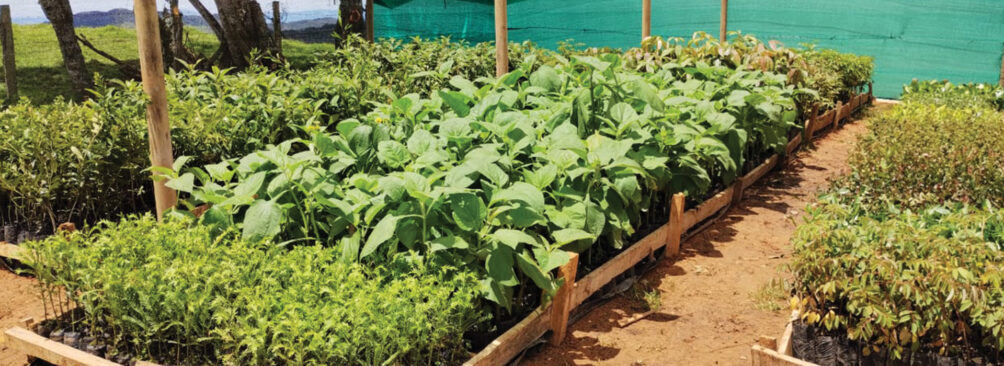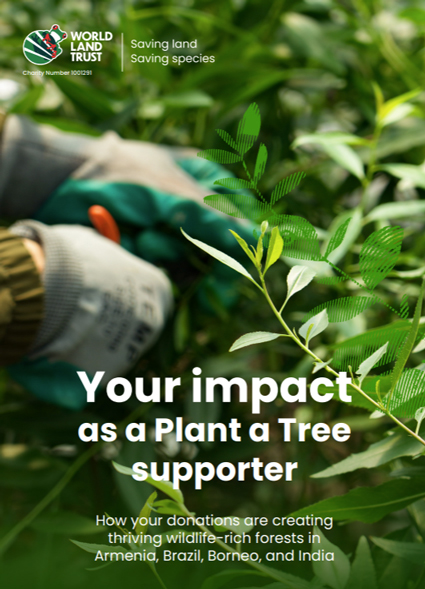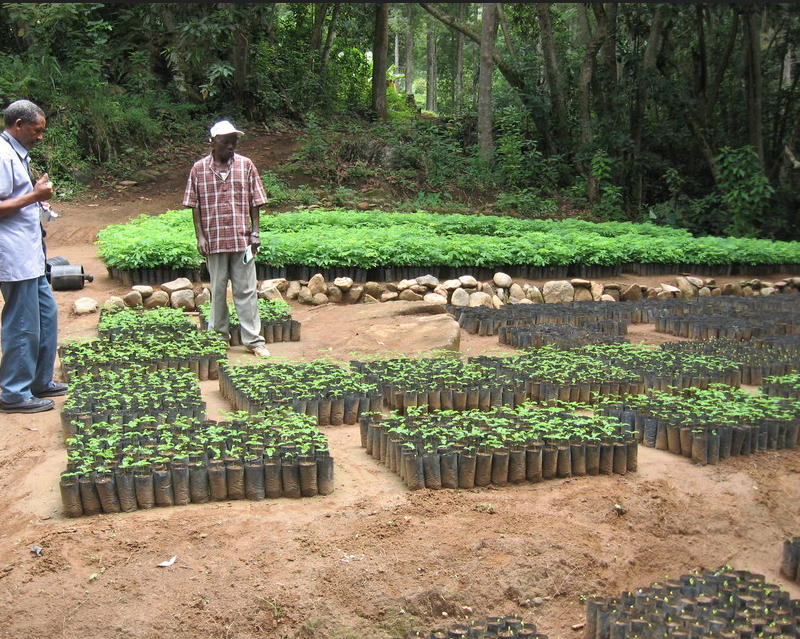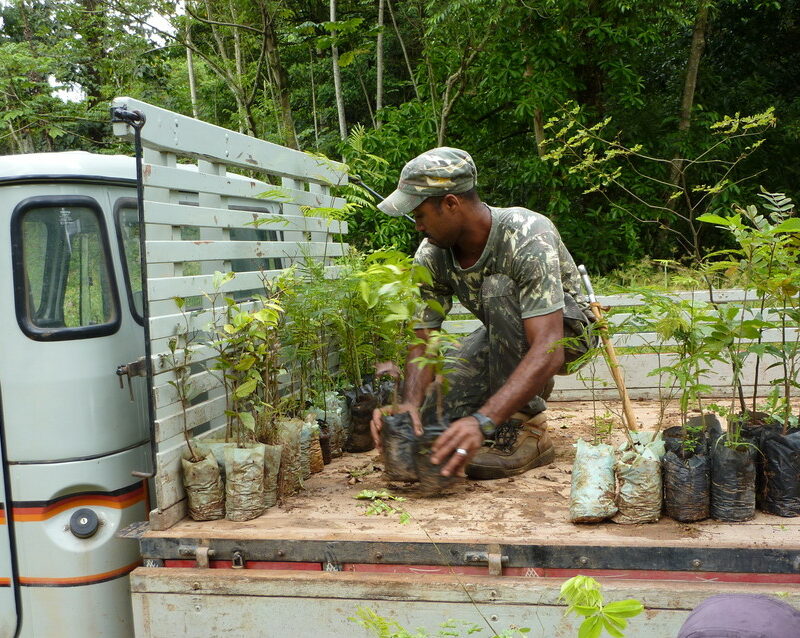For £5 you can fund a tree from seed to sapling to success
Reforestation is one of the main methods of restoring many damaged ecosystems, with Plant a Tree, you can bring vital forest habitats back to life.
WLT works with in-country partners to protect and expand forest reserves that are rich in biodiversity and that support long-term conservation goals. Our partners are involved in every step of the journey, to ensure that each tree thrives from seed to sapling and beyond.






